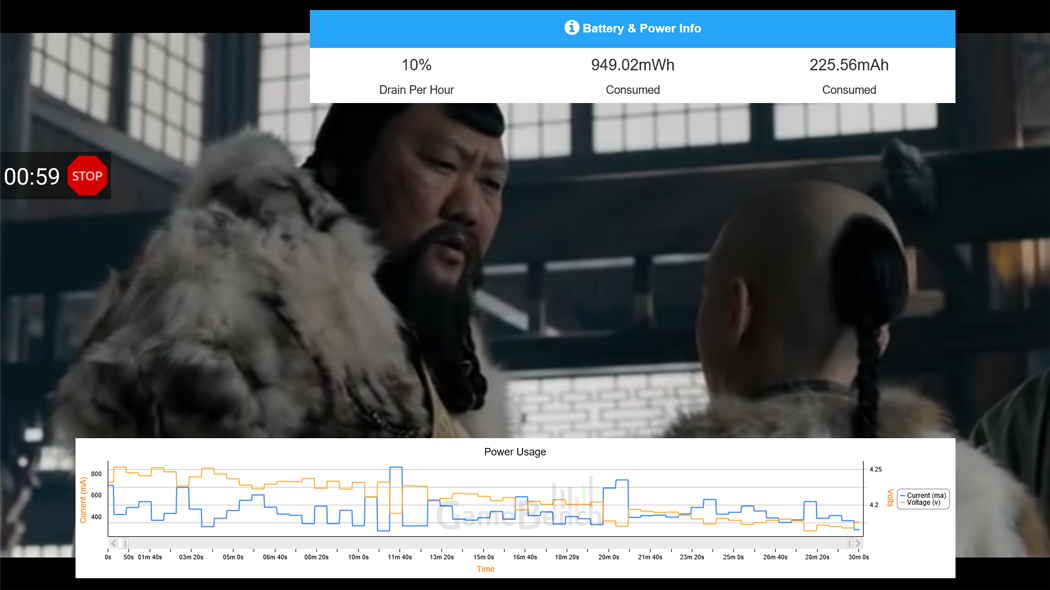Mobile developers are frequently told that excessive battery drain is one of the key reasons why users abandon apps. But much less is said about how a developer can avoid this problem and ensure that their app is energy efficient.
GameBench is one of the easiest ways to gather power metrics that are both reliable and immediately useful for optimisation. In this article we’ll go through the basic steps of how to get these data , using YouTube and Netflix as examples.




